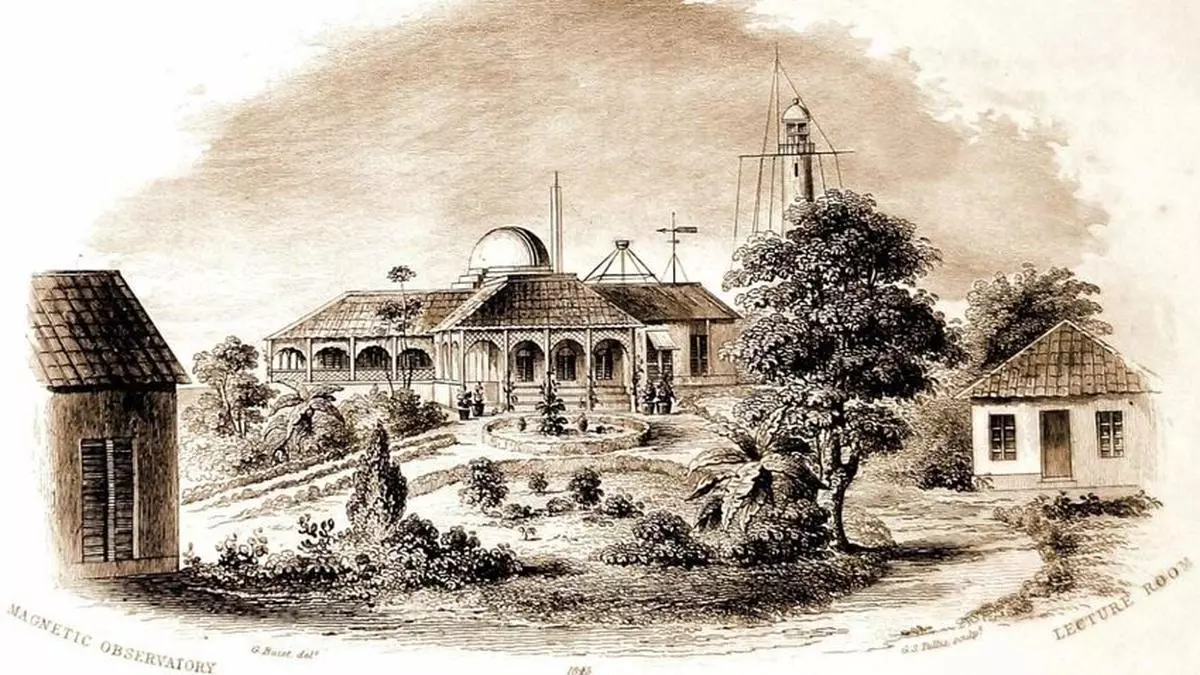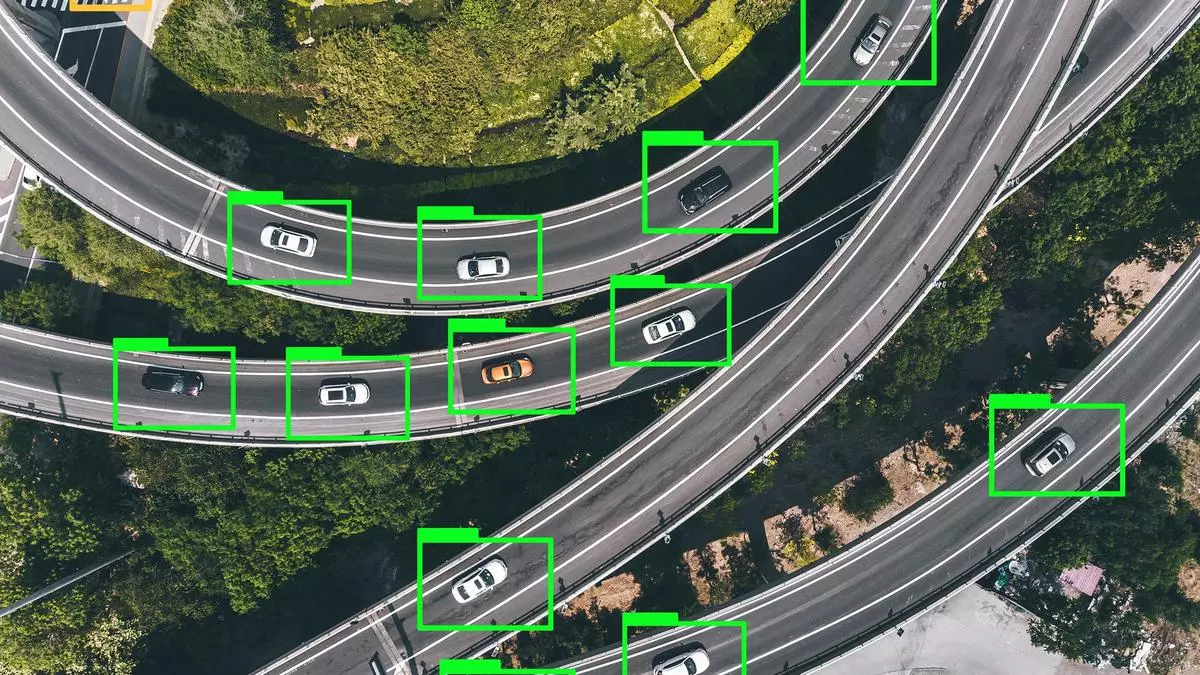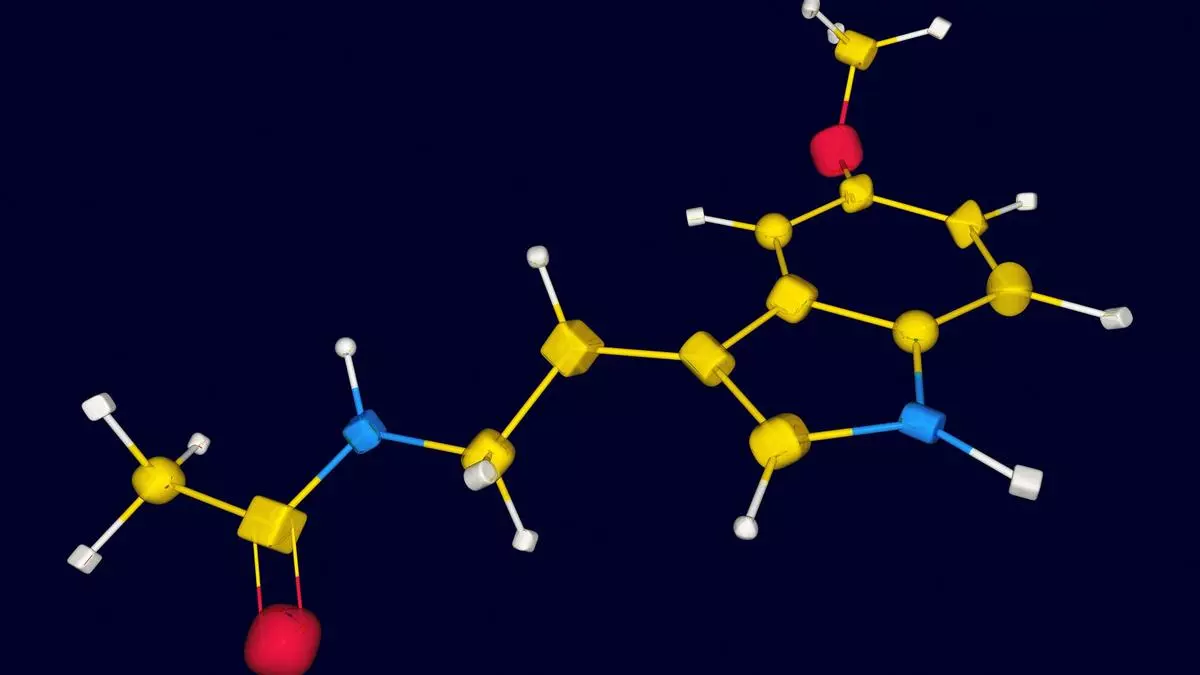The Colaba Observatory in Mumbai, one of the world’s oldest, has been recording variations in the strength and direction of the earth’s magnetic field since 1841. It was one of the few observatories in the world to record the Carrington event of September 2, 1859, when a burst of energy from the sun travelled 150 million km to the earth, collapsing much of the telegraph systems.
The observatory preserves 180 years’ worth of work in the form of magnetograms (graphical records), microfilms, and hard copy volumes. A major record is the Moos Volume, a compilation dated 1896 that is credited to Dr Nanabhoy Ardeshir Moos, the first Indian director of the Colaba Magnetic Observatory. The Moos Volume is a reference material used worldwide.
The observatory is now part of the Indian Institute of Geomagnetism (IIG), which operates 13 magnetic observatories across the country and hosts a World Data Centre for Geomagnetism, maintaining comprehensive geomagnetic data.
And now, the observatory has set itself the task of digitising all its data sets. This work would be undertaken by the recently inaugurated Colaba Research Centre. “This (digitisation) can help form a benchmark for the probability of occurrence of geomagnetic storms in the future. The centre will also carry out research activities on the impact of space weather and allied fields,” says a press release from the Department of Science and Technology.
“Historical data, when digitised, can also be analysed using AI/ML techniques to provide more insights,” observed Abhay Karandikar, Secretary, Department of Science and Technology, in a LinkedIn post.
Prof Sunil Kumar Gupta to lead global physics body
Prof Sunil Kumar Gupta
Prof Sunil Kumar Gupta, who taught at the Tata Institute of Fundamental Research (TIFR) between 1976 and 2000, has been elected as President of the International Union of Pure and Applied Physics.
The Geneva-headquartered organisation is run by the physics community, with a mission to assist in the worldwide development of physics, foster international cooperation in physics, and help in the application of physics toward solving problems of concern to humanity.
Prof Gupta will hold the position for a three-year term. He is only the second Indian to hold this position after Dr Homi Bhabha (1960-63).





